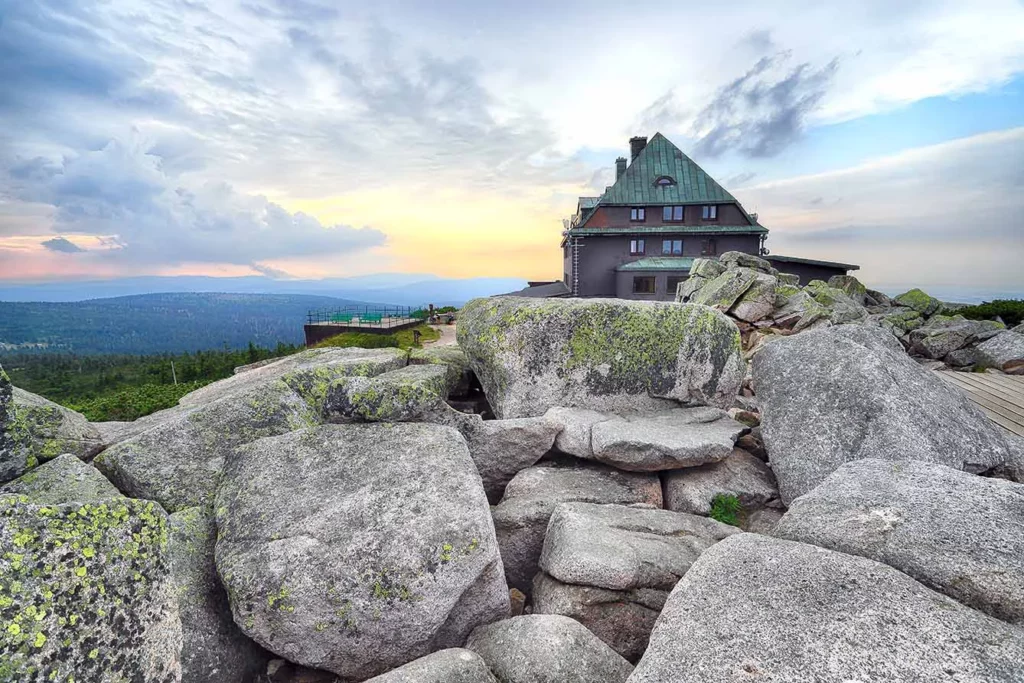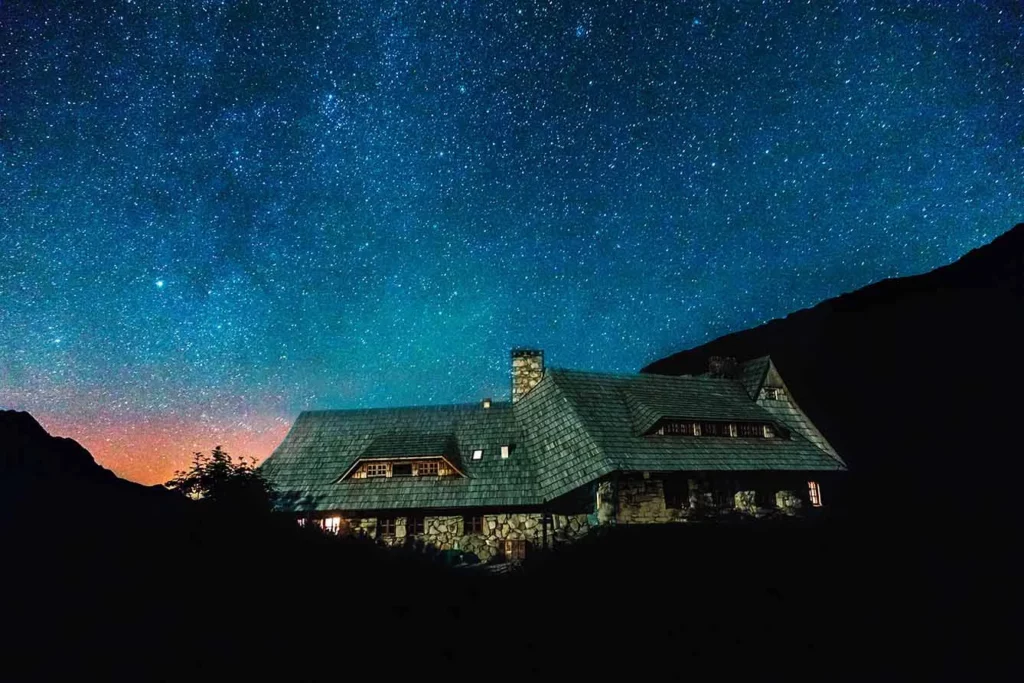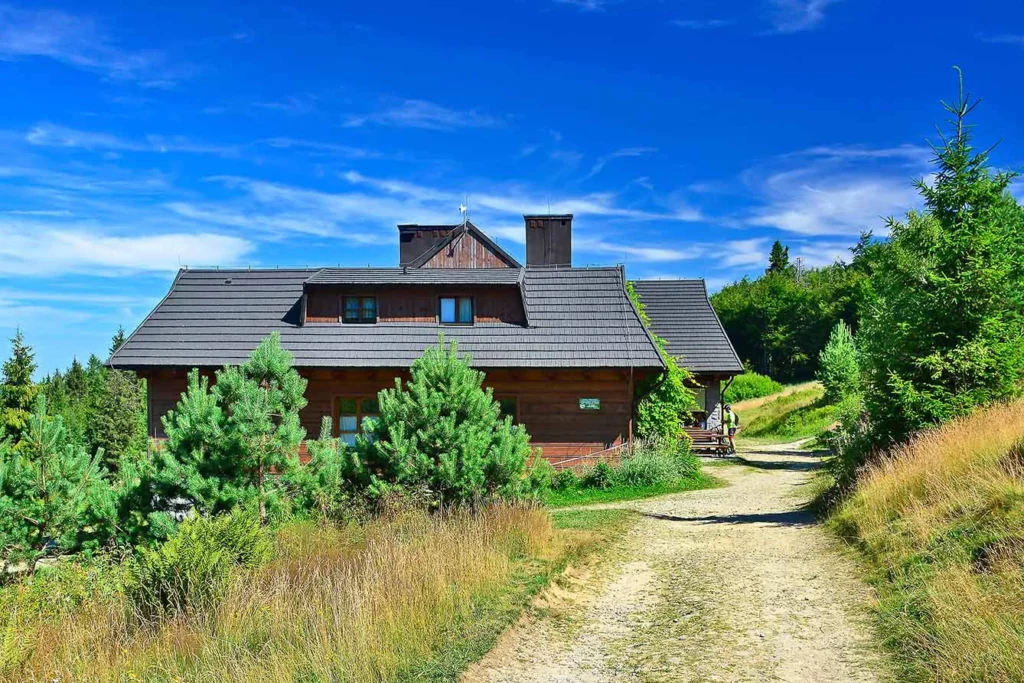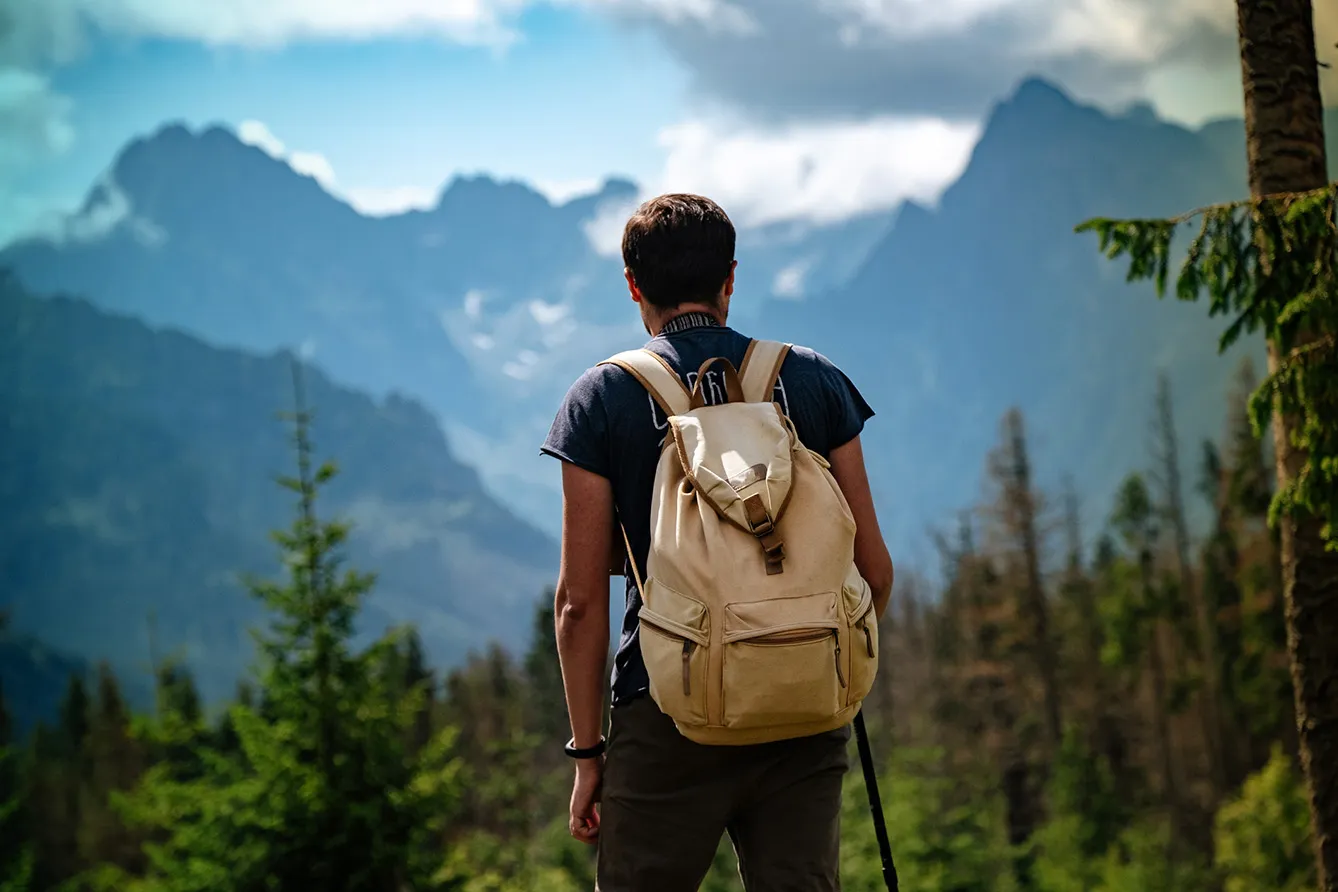The call of the wild is not dead in Central Europe. We can muse all day long about the unique touristic opportunities on the shores of the Baltic, the Black and the Adriatic Seas, great mountainside hotels, and three-star restaurants, but there is one thing you cannot recreate elsewhere, and that’s the wilderness. If the shores of Three Seas aren’t for you, look for other signature terrain features of the region, including the Three Mountain Ranges: the Julian Alpes, the Sudetes, and the Carpathians.
Two of these just happen to stretch along Poland’s southern border (with a Moravian Gate, a narrow passage of geopolitical importance between the two) and, along with the much lower Świętokrzyskie Mountains to the north, give you over forty mountain chains to hike and trek.
But, as each endeavor is a multi-day expedition, you will need to sleep somewhere. And here’s the best part: you can spend a night out in the wild, thanks to a dense net of mountain shelters ready to serve the mountain tourist community. Some of them give you only a set of basic amenities in exchange for an unparalleled experience.


How basic is “basic”?
Basic, as in warmth and shelter only, not to disconnect you from the wild. The tourist movement in the Polish mountainside developed in the 19th century, along with the same phenomenon in other parts of the area. Czechs famously invented the three-striped method of marking hiking trails, and it’s doing fine in neighboring Poland as well. But as the 20th century showed (again, in Czechoslovakia), where mountain climbing was a sort of political statement (against the Communist regime); for Poles, it’s more a social statement of appreciating the wildlife of their country.
In the 19th and early 20th centuries, many of the shelters were built (Germany went the same way, and some of its edifices are now here), and many of them were state-of-the-art, with every facility possible. But times moved forward, and what was super-modern a century ago is not anymore.
Hence, some shelters complied. You descend in the evening from your hiking trail to find a canteen, perhaps supported by a vending machine. If you’re lucky, you can even pay with a card. You warm your hands under hot running water and can shower in the evening. Even stopping for a beer midway, you can queue at the electric outlet to get your phone charged, and the fresh food is delivered by car, so you know that there’s an emergency route down should you experience something unpleasant.
But…
But this is not always the case. Mountains are mountains, and if you want to escape civilization, you cannot always have it both ways. Or, to put it more accurately, you can have the privilege of being completely unconnected.
The most basic tourist shelters are still proud to operate in a way that makes basic even more basic. Don’t believe us? Dare and hike through the Beskid Sądecki mountain chain, part of the extended Polish part of the Carpathian range, and spend a night in the Hala Łabowska shelter. A roof? Check. Hospitality? Check. Assistance? Check. Running water? Erm… not checked?


I mean, I guess if you look at it in a certain way, there is running water. But the water is running the stream – and you might have to run to fetch it. Should you need warm water, well, just chop some wood, will you? There’s a big chance that you’ll actually find some pre-chopped wood upon your arrival – maybe even some warm water. But that’s because there is an unwritten rule in these kinds of shelters that you should leave things as you found them. Aka – replace any wood you use by chopping more.
And no, the Hala Łabowska shelter is not a unique specimen of a non-existent trend. Even without leaving Beskid Sądecki, you could find another within a day’s hike, called Chata pod Niemcową (The Niemcowa Hut). Unfortunately, the Hut was closed down in the aftermath of the coronavirus and is now “on permanent hold,” much to the delight of the now-resident feral cats. But we believe things will go back to normal, eventually, and here the normal is: use hot water from the kettle any way you like, including a bucket-and-showerhead construction in wintertime.
The (former) epitome of remoteness
Or, go to Bieszczady, and find the Sociologist’s Hut. Built in a classic Brda-model A-shape, the shelter was named by Warsaw University sociologist Henryk Kliszko and his students. Bieszczady, the southeasternmost range of the Polish Carpathians, used to be the epitome of remoteness compared to the Wild West, Eastern edition. Alas, partly thanks to this reputation, you won’t find complete solitude here – but suffice to say that if you like a communal atmosphere on your hiking experience, this is the place to go. But the Sociologist’s Hut is, on the contrary, so unplugged you can’t go any further.
Luckily, classical guitars need no electricity, so you can enjoy unplugged concerts in the common room every night. Or, as far as entertainment is concerned – stare at the stars. This part of the mountains is among the least light-polluted areas in Poland, so if you feel like being alone, take a stroll and lie down on the grass, face up, and just look.
Whatever your intentions are, please, leave the spaces as you found them. And keep your eyes on other similar possibilities, as this is but a sample of the Polish unplugged mountain experience.







